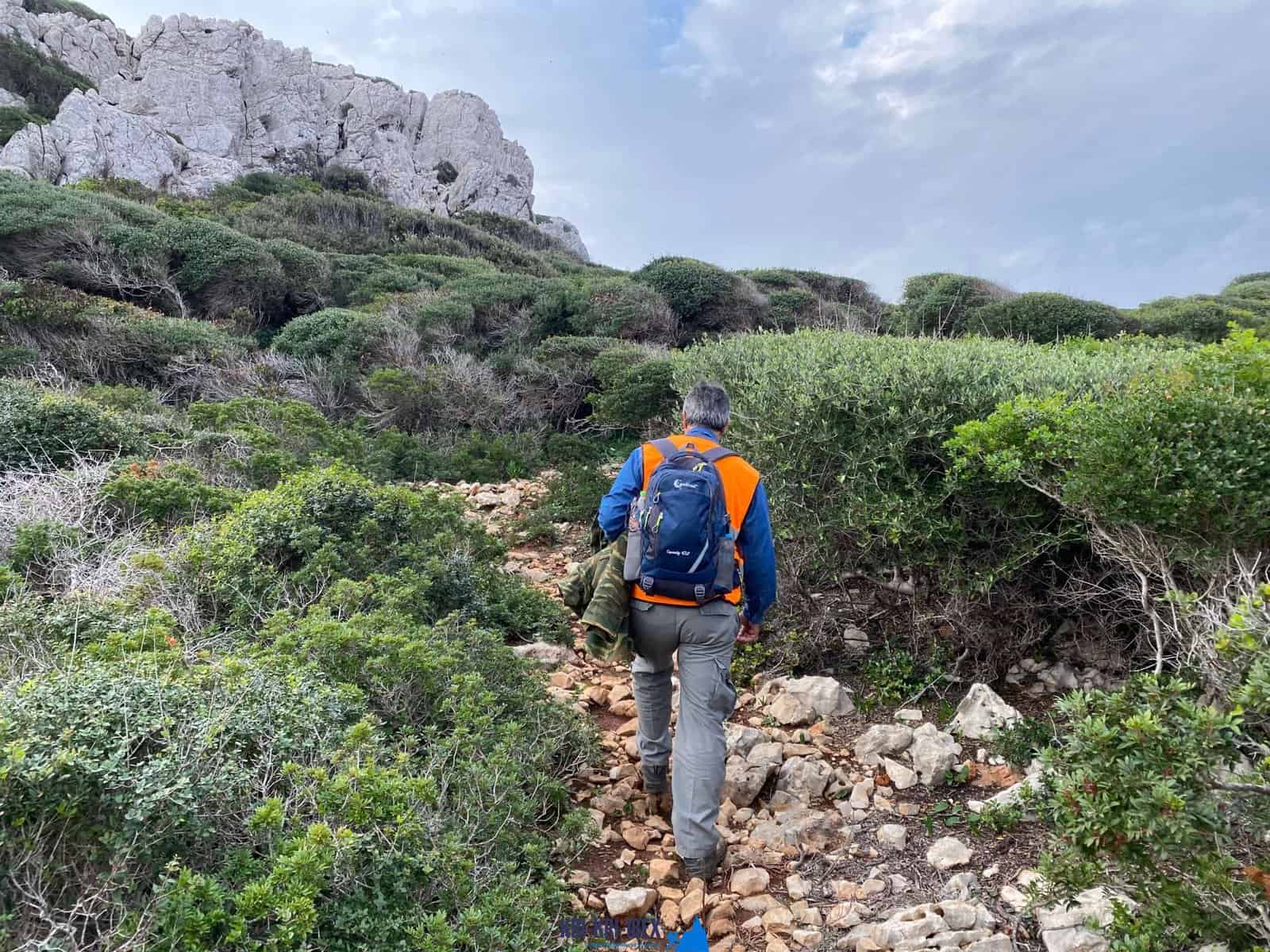
To lots of people, The Peloponnese peninsula on the Greek Mainland is the 'genuine' Greece, where points have not altered a lot whatsoever over the centuries despite the fact that many individuals have actually uncovered it. This is a location where you can conveniently invest a month or more yet if you are short in a timely manner after that our hunting and visiting Peloponnese Tours from Methoni is an excellent remedy. The Peloponnese peninsula has something for everyone with its many different tasks and also tourist attractions.

There is no set variety of Ibexes, as the populace fluctuates. The Kri-Kri is the tiniest ibex types (Capra Aegagrus Cretica) in terms of body weight, but it has some lengthy horns. Even though some samplings were gauged at 115 centimeters in length, they were not counted in the study. Hunting of the Kri-Kri ibex is currently taking place in Greece. An Ibex gold prize measures 24 inches long. Hunting is allowed on Atalanti and Sapientza islands. On Atalanti, hunting is enabled from the last week of October to the very first week of December. Hunting in Sapientza is permitted the entire month of November, assuming the climate is favorable.
On our Peloponnese excursions, you'll get to experience all that this fantastic area needs to offer. We'll take you on an excursion of some of the most historical and beautiful websites in all of Greece, including old ruins, castles, and a lot more. You'll also reach experience some of the typical Greek society firsthand by enjoying a few of the delicious food as well as red wine that the region is known for. As well as of course, no trip to Peloponnese would certainly be complete without a dip in the shimmering Mediterranean Sea! Whether you're a knowledgeable seeker looking for a new experience or a first-time tourist simply looking to check out Greece's spectacular landscape, our Peloponnese tours are ideal for you. What are you waiting for? Book your journey today!
So if you are searching for a genuine Greek experience far from the pressure of tourism then look no more than Methoni in The Peloponnesos! Our exterior searching for Kri Kri ibex, fishing, complimentary diving as well as visiting Peloponnese tours from Methoni are the perfect method to discover this stunning location at your very own rate with like minded individuals. Call us today to book your place on one of our trips.
What is the diference between Kri Kri ibex, Bezoar ibex and hybrid ibex
The kri-kri is not thought to be indigenous to Crete, most likely having been imported to the island during the time of the Minoan civilization. Nevertheless, it is found nowhere else and is therefore endemic to Crete. It was common throughout the Aegean but the peaks of the 8,000 ft (2,400 m) White Mountains of Western Crete are their last strongholds–particularly a series of almost vertical 3,000 ft (900 m) cliffs called ‘the Untrodden’—at the head of the Samaria Gorge. This mountain range, which hosts another 14 endemic animal species, is protected as a UNESCO Biosphere Reserve. In total, their range extends to the White Mountains, the Samaria National Forest and the islets of Dia, Thodorou, and Agii Pandes.
This Ibex is NOT a diminutive form of the Bezoar Ibex, which has migrated into the western-most reach of the range of this species. The kri – kri (Capra aegagrus cretica), sometimes called the Cretan goat, Agrimi, or Cretan Ibex, is a feral goat inhabiting the Eastern Mediterranean, previously considered a subspecies of wild goat. The kri-kri has a light brownish coat with a darker band around its neck. It has two horns that sweep back from the head. In the wild they are shy and avoid tourists, resting during the day. The animal can leap some distance or climb seemingly sheer cliffs.
“The agrimi goat Capra aegagrus cretica is unique to Crete and its offshore islands. It has been identi®ed as a sub-species of the wild bezoar goat Capra aegagrus aegagrus Erxleben, 1777, which it closely resembles in horn shape, body form and coloration. This classi®cation has been disputed by some researchers who claim that the agrimi are feral goats, derived from early domestic stock brought to the island by the ®rst Neolithic settlers. In order to clarify this issue, DNA analyses (cytochrome b and D loop sequences) were carried out on tissue of live and skeletonized agrimi and compared to sequences of wild and domestic caprines. Results conclusively show the agrimi to be a feral animal, that clades with domestic goats (Capra hircus) rather than with wild Asiatic bezoar. This study demonstrates that morphometric criteria do not necessarily re¯ect genetic af®nities, and that the taxonomic classi®cation of agrimi should be revised.”